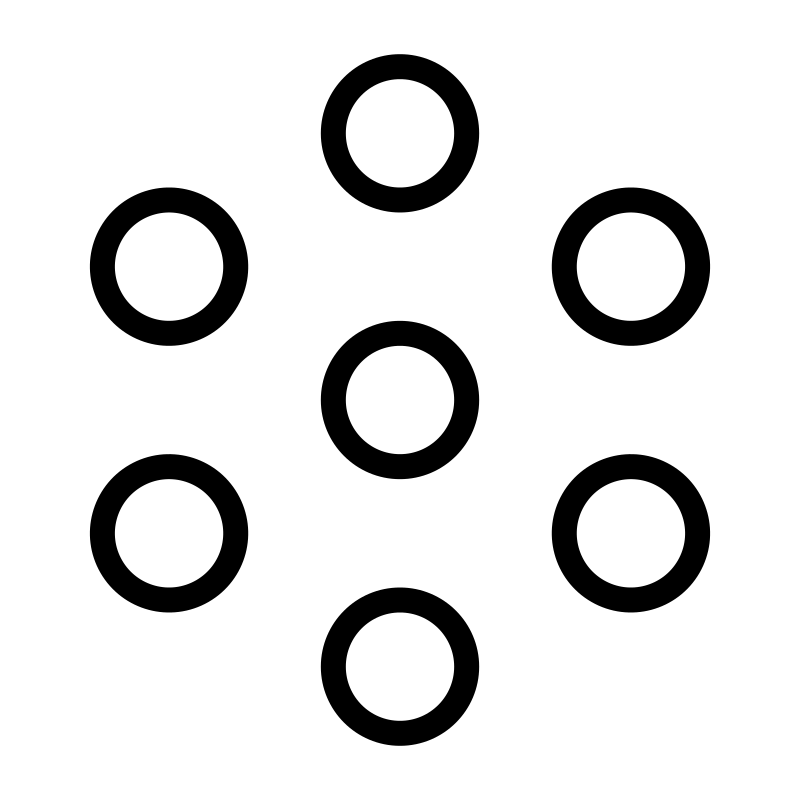Ensuring Data Verifiability in Web3: A Deep Dive into ZMOK’s Protocol Mechanics

Blockchain systems are renowned for their promise of trustless, secure, and decentralized operations. However, their practical implementation is often met with challenges, especially pertaining to data accuracy and verifiability. This article offers a deep technical dive into how ZMOK addresses these issues, ensuring reliable data communication in the Web3 space.
Understanding the Pitfalls of Data Inaccuracy in Web3
To fully appreciate the importance of data verification, it's crucial to first understand the potential dangers of inaccurate data. Issues with data integrity can lead to various repercussions in the blockchain and NFT space, including incorrect token balances, misleading price information on DeFi platforms, erroneous execution of smart contracts, and even cascade system-wide failures across interconnected systems in Web3.
In the RPC environment of blockchain systems, maintaining data accuracy poses a unique challenge. Given that RPC is facilitated through peer-to-peer connections, confirming the authenticity of received data is not straightforward. While the metadata - the information about the data being exchanged - can be verified, the veracity of the actual content remains elusive.
ZMOK's Robust Approach Towards Data Verification
ZMOK places a significant emphasis on ensuring data verification. Its strategic approach is directed towards addressing the challenges of data accuracy, which in turn, strengthens the principles of trust, security, and interoperability in the blockchain space.
Cryptographic Signatures
One of the ways that ZMOK ensures data verification is through the utilization of cryptographic signatures. By signing data with a private key, the sender can prove their authenticity and integrity, indicating that the data has not been altered during transmission. This technique is extensively employed in ECDSA, ERC-725, JSON Web Tokens (JWT), Decentralized Identifiers (DID), and DAO voting, contributing to the security of transactions and interactions on the blockchain.
On-chain Consensus
Another mechanism ZMOK uses to maintain data accuracy is on-chain consensus. On-chain consensus algorithms like Proof of Work and Proof of Stake are quintessential to blockchain-based systems. These mechanisms ensure that all nodes on the network agree on the validity of transactions and data. They are also designed to be resilient against manipulation and control by any single malicious node.
Optimistic Sampling
To ensure data accuracy across a wide network, ZMOK incorporates optimistic sampling. This technique involves randomly sampling a subset of nodes and cross-validating their responses. If the sampled nodes provide consistent information, the data is deemed trustworthy. This technique significantly reduces the time and computational resources needed to verify data across the entire network.
ZMOK: Preparing for an AI-dominated Future
With the increasing prevalence of artificial intelligence (AI), ensuring data verifiability will become even more crucial. AI's performance and reliability are directly influenced by the quality and authenticity of the data they process. In the face of this, ZMOK's commitment to upholding data verifiability will be critical in preventing biases, misinformation, and manipulation in AI-driven systems.
In the future, AI could drastically reshape our understanding and handling of data. Simple tasks like data entry and dummy data generation may be performed at incredible speeds, leading to an unprecedented increase in data within interoperable systems. This growth will introduce new vectors for attack and considerations for data verification, necessitating even more robust systems to ensure data accuracy.
Explore ZMOK's ecosystem today and be a part of our mission to secure the integrity and accuracy of data in the evolving world of Web3.


